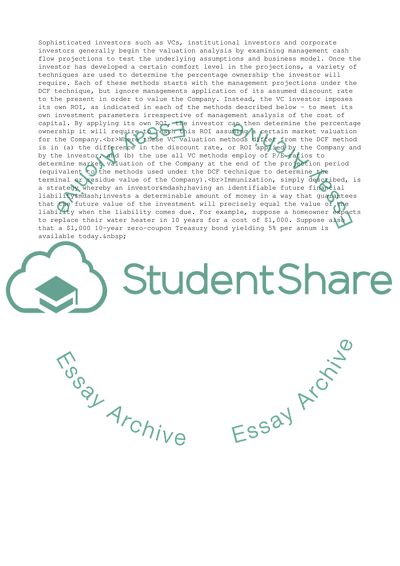Cite this document
(Investment Style & Equity Portfolio Management Assignment - 2, n.d.)
Investment Style & Equity Portfolio Management Assignment - 2. Retrieved from https://studentshare.org/business/1706806-exam-questions
Investment Style & Equity Portfolio Management Assignment - 2. Retrieved from https://studentshare.org/business/1706806-exam-questions
(Investment Style & Equity Portfolio Management Assignment - 2)
Investment Style & Equity Portfolio Management Assignment - 2. https://studentshare.org/business/1706806-exam-questions.
Investment Style & Equity Portfolio Management Assignment - 2. https://studentshare.org/business/1706806-exam-questions.
“Investment Style & Equity Portfolio Management Assignment - 2”, n.d. https://studentshare.org/business/1706806-exam-questions.


